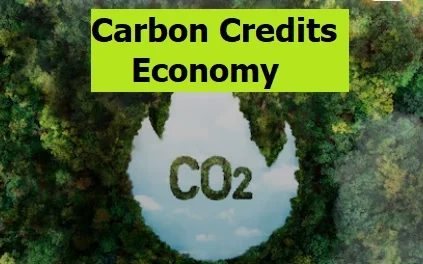Global warming is a pressing issue that affects various aspects of our planet, including glaciers and the people living nearby. Local communities in many villages, nestled in the mountains around the world, have gradually started to feel its consequences.
1. Melting Glaciers: A Vanishing Beauty
Glaciers are magnificent natural formations that have been around for thousands of years. However, due to global warming, these icy giants are rapidly melting at an alarming rate.
The melting glaciers only result in the loss of natural beauty but also contribute to rising sea levels. As the glaciers melt, they release large volumes of water, causing a gradual increase in sea levels worldwide. This phenomenon poses a significant threat to coastal communities and ecosystems around the globe.
2. Disruption of Water Supply
Glaciers serve as natural reservoirs, storing vast amounts of freshwater. The melting of glaciers in the high mountains and the surrounding lower areas has a direct impact on the water supply for local communities. As the glaciers shrink, the availability of freshwater decreases, leading to water scarcity in the region.
Communities that rely on glaciers for their water supply face numerous challenges, including reduced agricultural productivity, limited access to clean drinking water, and increased competition for scarce resources. These issues can have far-reaching consequences for the livelihoods and well-being of the people living in those areas.
3. Environmental and Ecological Imbalance
The melting of glaciers disrupts the delicate balance of the local environment and ecosystems. Glaciers play a crucial role in regulating temperature, influencing weather patterns, and maintaining biodiversity.
As glaciers retreat, the temperature in the surrounding areas rises, leading to changes in precipitation patterns and an increased risk of extreme weather events. This shift in climate can have detrimental effects on agriculture, wildlife habitats, and overall ecological stability.
Furthermore, the loss of glaciers threatens the survival of various species that are adapted to the unique conditions provided by these icy landscapes. Plants and animals that depend on the cold and moist environment of glaciers may struggle to survive or adapt to the changing climate, potentially leading to a loss of biodiversity in the region.
Addressing the Challenges
The impact of global warming on glaciers and the people living in lower mountains cannot be ignored. It is crucial for individuals, communities, and governments to take proactive measures to mitigate these challenges.
1. Raising Awareness: Spreading awareness about the consequences of global warming and the importance of preserving glaciers is essential. Education campaigns, community outreach programs, and media initiatives can help in promoting a sense of urgency and collective responsibility.
2. Sustainable Practices: Encouraging sustainable practices, such as reducing carbon emissions, conserving water, and adopting eco-friendly technologies, can help mitigate the effects of global warming. Implementing renewable energy sources and promoting responsible tourism are also vital steps towards reducing the carbon footprint in the region.
3. Conservation Efforts: Protecting and preserving the remaining glaciers is crucial. Establishing protected areas, implementing strict regulations on industrial activities, and promoting sustainable land-use practices can help conserve these natural wonders for future generations.
Conclusion
The impact of global warming on glaciers and the people living in lower mountains is undeniable. The melting of glaciers not only affects the natural beauty of the region but also poses significant challenges for local communities.
By raising awareness, adopting sustainable practices, and implementing conservation efforts, we can work towards mitigating the effects of global warming and preserving the glaciers. It is our collective responsibility to protect these fragile ecosystems and ensure a sustainable future for both the glaciers and the people who depend on them.





